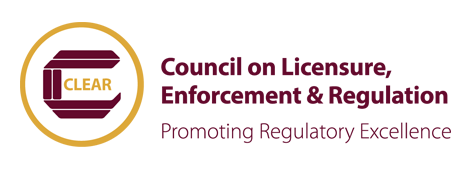From the Item Bank |
||
The Professional Testing Blog |
||
CLEAR’s Journal: How Licensing Boards Rely on Accredited Certification ProgramsMarch 3, 2016 | |This month’s Issue of CLEAR’s Journal addresses how licensing boards can rely on accredited certification programs
The Council on Licensure, Enforcement and Regulation (CLEAR) has published an article I recently authored on ISO/IEC 17024 Conformity Assessment: General requirements for bodies operating certification of persons in their quarterly journal CLEAR Exam Review. This article focuses on the standard and how it might be helpful in assisting regulatory bodies in fulfilling their regulatory mission. With the growth in new jobs and job titles, as well as the proliferation of specializations associated with sub-job functions, it becomes difficult for regulatory bodies to keep up with creating and maintaining licensing programs for all of the various occupations. The article suggests that one model that is gaining popularity is for the regulatory bodies to rely on accredited professional certifications to verify the competence of the individual. The regulatory body can require its licensure candidates to demonstrate they have obtained a specific certification deemed to be related to the profession and at the appropriate level. The regulatory body can then issue a license to the individual after the individual has met any other requirements the regulatory body deems important, but not covered by certification, for example, background checks or bonding requirements. But not all certification programs are created equal. Accreditation against a standard such as ISO/IEC 17024 by an accrediting body such as the American National Standards Institute (ANSI), provides third- party evidence to the regulatory body that the certification body is fulfilling its mission of verifying the competence of professionals in a reliable, valid and credible way. This model not only eliminates the need for regulatory bodies to create their own licensing examination programs to verify the competence of their licensees, but also eliminates the need for regulatory bodies to assess the validity and quality of the certification awarded by the certification body because the certification body has been evaluated by a neutral third-party as meeting the standard. Categorized in: Industry News |
||


 Two of the most familiar credentials for professionals are certifications and licenses. The best way to distinguish between the two is that certifications are generally awarded by the profession itself (usually a professional association or society), while licenses are awarded by
Two of the most familiar credentials for professionals are certifications and licenses. The best way to distinguish between the two is that certifications are generally awarded by the profession itself (usually a professional association or society), while licenses are awarded by
Comments are closed here.